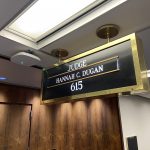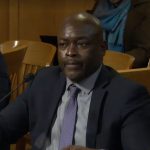City-County Climate Equity Goals Are Big
Preliminary report calls for comprehensive plan, 45% cut in emissions by 2030, 100% by 2050.
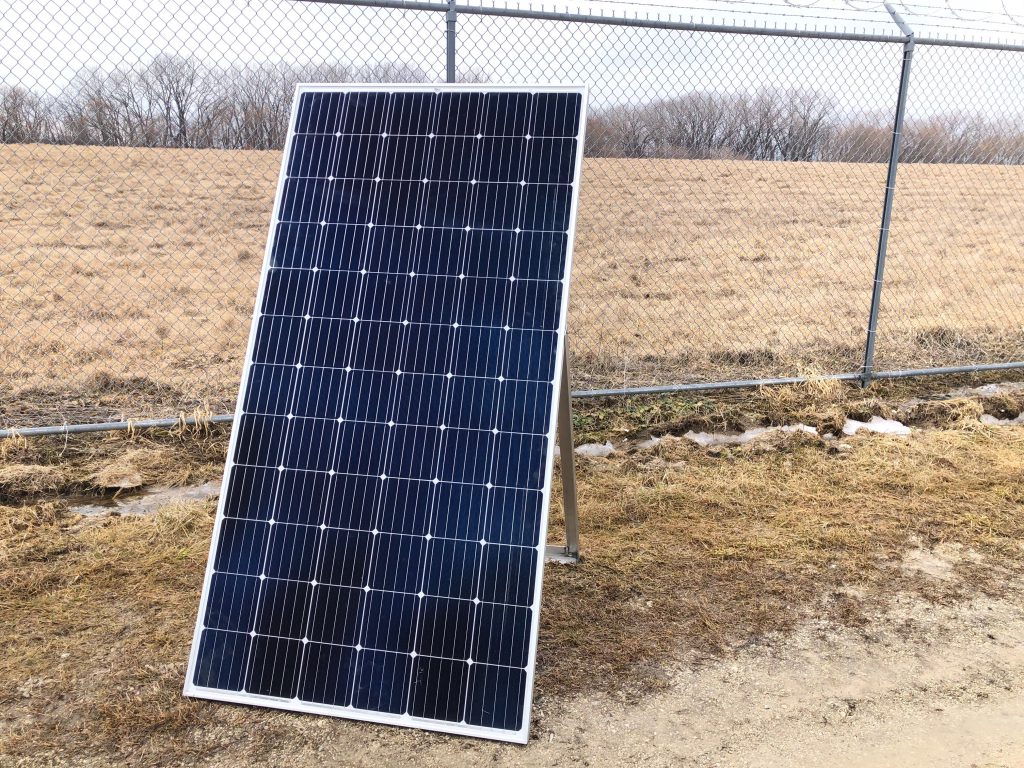
In March, the city announced a plan to build the largest solar array in Milwaukee. File photo by Jeramey Jannene.
After being delayed by the outbreak of the COVID-19 pandemic, the City-County Task Force on Climate and Economic Equity has released its preliminary report.
The task force, established in 2019, is a joint initiative of the City of Milwaukee and Milwaukee County. At the legislative level, it is led by Alderman Nik Kovac and County Supervisor Supreme Moore Omokunde.
The preliminary report functions as a summary of the initial findings of four workgroups the task force set up, to study the following areas: Current Greenhouse Gas Emissions and Reduction Strategies, Jobs and Equity, Finance and Funding, Education and Community Outreach.
It’s clear from the report that a comprehensive plan for addressing climate change and equity is necessary. That way, once federal and state governments come around to the urgency of the climate threat and turn on the tap, communities with plans already in place will be in the best position to acquire state and federal funds.
Greenhouse Gas Emissions and Reduction Strategies
In 2017, the county committed to meeting the goals set out in the Paris Climate Accord, reducing its county emissions by 26-28% by 2025. “Which is actually very ambitious, at this point in 2020. It will involve substantial changes,” said Ted Kraig, an appointee to the task force by the Wisconsin Climate Table.
At a recent meeting of the Milwaukee County Board’s Parks, Energy and Environment Committee, Kraig led a group presenting the task force’s preliminary report.
After the formation of the task force, the city and county committed to a 45% reduction in carbon emissions by 2030 — and 100% by 2050.
It’s estimated that plan will take two years to develop. When finished, it should look at where emissions are created, identify goals for where emission reductions can be achieved, strategies for reaching the reductions and a clear plan for implementing the strategies.
A major step in addressing emissions will be accounting for what and where emissions are produced. Neither the city or the county have taken a full inventory of this. The city is working on it, but has been hampered by the lack of community-level data available.
Ultimately, addressing climate change and achieving carbon emission reduction will require both state and federal governments to get involved. But, having the plan in place ahead of time “is a way to take advantage of it when resources do become available, which they have to,” Kraig noted.
Jobs and Equity
The issue of racial equity is a major one for Milwaukee County. The report notes the poverty rate for Black people in Milwaukee is 300% higher than for white people.
And the infamous 53206 zip code is the most dramatic example, the report notes: “As recently as 2019, University of Wisconsin – Milwaukee researchers found that in the 53206 ZIP code, only approximately 50% of working-age adults were employed, more than one-fifth of employed residents had incomes below the federal poverty level, and the area had an overall poverty level of 42%, which is 6 times the poverty rate in Milwaukee.”
But the development of a plan to curb carbon emissions “creates an unprecedented opening in the local economy at the level necessary to meaningfully address the chronic economic equity crisis in Milwaukee,” the report says.
With existing programs and initiatives siloed in various governmental and non-profit entities locally and across the county, decision makers “do not have a clear picture of what is being done comprehensively and whether efforts are aligned and complementary,” according to the report.
As a result, “no one in Milwaukee knows whether the collective efforts of local government and private partners have improved overall economic equity or reduced racial disparities, and by how much.”
“Numerous programs and projects are currently underway to address both the climate crisis and Milwaukee’s disparities; however, these efforts are underfunded, understaffed and in need of a collectively agreed-upon baseline and benchmarks to coordinate ongoing efforts effectively,” the report states
“A green transition will not inevitably improve economic equity unless the government intervenes to make it a major priority,” the report states. “Likewise, green economy jobs alone will not solve employment inequity, and other economic sectors must address their hiring practices as well.”
As with reducing emissions, the resources of the state and federal governments are likely needed. However, the report states, “Communities with developed plans where equity goals are fully integrated will be better positioned to maximize the economic and social benefits of these future investments.”
Finance and Funding
At a national scale, some research suggests that combatting climate change would require an annual investment equivalent to 2% of the U.S. Gross Domestic Product.
But the city and county both have a far more constrained financial situation than the federal government. Both entities are limited by state limits on increases in their annual property tax levy, and the Legislature’s refusal so far to allow other local taxes to be levied.
That said, the city has already employed a number of financial mechanisms to finance renewable energy projects. One is the PACE or Property Assessed Clean Energy financing. The report includes a laundry list of taxes and fees that could be levied along with other financing possibilities, including from investors and third parties, to pay for clean energy investments.
In a way, the city and the county have to start putting their money where their mouth is. “We spend an awful lot of money, currently, on fossil fuels, for our facilities and our homes and the like,” Shambarger said. “And so it’s a matter of redirecting what we are currently spending — fossil fuels — into renewable energy, energy efficiency, and local jobs.”
The more the work groups have dug into the challenge of reducing emissions and racial inequity, the clearer it’s become that a comprehensive plan must be developed in each of the four areas so plans are in place once resources become available. “We gotta be ready to go when the time comes to put people to work, put the pieces in place and have it all together,” Shambarger said.
Developing that plan will likely be very expensive and involve paying consultants many thousands of dollars.
Public Outreach
During the pandemic, public outreach is very difficult. That’s one reason the report was delayed. The task force had hoped to hold public meetings to roll out the report, but the pandemic has complicated that. As with any such plan, engagement with residents and leaders in the community is critical to the process. And the task force calls for creating a climate message they can easily transmit to the community, hoping to spur further interest and involvement in the undertaking.
Read the full report here.
If you think stories like this are important, become a member of Urban Milwaukee and help support real, independent journalism. Plus you get some cool added benefits.
City Hall
-
Council Blocked In Fight To Oversee Top City Officials
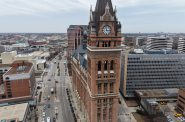 Dec 16th, 2025 by Jeramey Jannene
Dec 16th, 2025 by Jeramey Jannene
-
Latest Effort to Adopt New Milwaukee Flag Going Nowhere
 Dec 3rd, 2025 by Jeramey Jannene
Dec 3rd, 2025 by Jeramey Jannene
-
After Deadly May Fire, Milwaukee Adds New Safety Requirements
 Dec 2nd, 2025 by Jeramey Jannene
Dec 2nd, 2025 by Jeramey Jannene
MKE County
-
Fellow Judge Testifies in Dugan Case
 Dec 16th, 2025 by Graham Kilmer
Dec 16th, 2025 by Graham Kilmer
-
Key Questions in Dugan Trial Take Shape on First Day
 Dec 15th, 2025 by Graham Kilmer
Dec 15th, 2025 by Graham Kilmer
-
FTA Tells Milwaukee to Crack Down on Fare Evasion — Even Where Fares Don’t Exist
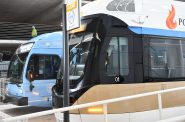 Dec 12th, 2025 by Graham Kilmer
Dec 12th, 2025 by Graham Kilmer


